Dust of Ages
Entrance to the Labyrinth
At the edge of Turkey, where the Mediterranean meets the mountains, lies Anemurium — a city whose heart has long stopped beating, but whose bones still sing. What stirs here is not wind — it’s centuries whispering through time. A place where marble gazes into the abyss, and ruins don’t ask for silence — they demand it.
You don’t enter a city — you step into a symphony, where every stone is a note, and every tomb a verse. There are many. Too many. They spill across the hillsides like a swarm of frozen thoughts. Below — the amphitheater and baths. Above — the vast necropolis. The dead in Anemurium are not hidden. They are on display. This is not memory. It’s a demonstration.
Past the Empires
Anemurium is first mentioned in the 2nd century BCE, but archaeological finds prove it was inhabited earlier, during the Hellenistic era. Strategically located on the southern coast of ancient Cilicia, the city sat on the trade route between Antioch and Pamphylia and served as a safe harbor — especially during the turbulent transition from Hellenistic autonomy to Roman domination.
Under Roman rule (1st–3rd centuries CE), Anemurium flourished. This is evident in the scale of its public buildings: the agora, thermal baths, a theater, and — most notably — a necropolis with over 350 preserved tombs. Local coins were minted here, and inscriptions reveal a complex civic hierarchy, Roman bureaucratic structures, and signs of vibrant urban life.
Its economy relied not only on trade but also on the processing and export of marble, grape cultivation, and possibly olive production.
In the 3rd century CE, the city suffered from attacks by Berber tribes and Arab pirates. Damage followed, but the Byzantines did not abandon Anemurium. Between the 4th and 7th centuries, it remained a Christian hub, with basilicas, mosaics, and grave markers bearing crosses.
But then came plague, earthquakes, and economic collapse. By the 8th century, the city was deserted. All that remained was stone — silent, but more precise than any chronicle.
Fragments of the Now
Anemurium is a book with no author. No one will tell you why the baths face the sea, or why a basilica hides in the rocks. There are no paths, no arrows. Just you and stone.
The tombs are still open. Some have arches, some have traces of frescoes. One has a collapsed roof — as if the dead tried to escape.
You look at them and understand: death here was public, proud, almost ceremonial.
Far off — goats. In the bushes — cicadas. But they’re not the main event. The main characters are the walls — still remembering the voices of those long gone.
Shadows at the Edge of the Mind
If the dead had a parliament — it would convene here. Among the columns and sarcophagi, beneath the mountain shadows, facing the sea.
This city feels like the set of a tragedy — the stage still lit, but the cast long gone.
Some buildings look burned from the inside out — not by fire, but by time. You walk the same stone slabs once trodden by senators, bishops, and merchants.
But you hear only your own footsteps.
Anemurium doesn’t whisper. It watches.
How We Got There
📍 Coordinates: 36.070645, 32.788678
Anemurium lies 6 km southwest of Anamur, a town in Turkey’s Mersin Province. It’s easiest to reach by car or taxi — about 15 minutes from Anamur’s center. From Mersin: 230 km. From Antalya: roughly 260 km.
Entrance is paid (around €3–4), but the ticket booth is not always open. Best times to visit are early morning or late afternoon — summer heat is brutal, and shade is rare.
Bring water, a hat, and sturdy shoes: the area is large, mostly unmarked, and minimally maintained. Some signage exists, but it’s more symbolic than helpful. Navigation is mostly intuitive — and maybe that’s for the best.
Echo in the Void
Anemurium isn’t a place — it’s a state of mind.
It won’t explain itself. It’s a dream that leaves the taste of stone in your mouth.
Here, you realize how little noise and movement matter. And how loud silence can be — if you listen.
#Anemurium #StoneSymphony #DustOfAges #VoiceOfRuins #Turkey #Archaeology #Ruins #AncientCilicia #TombsOfTheAncients #DeadCities #HowWeGotThere #AncientHistory #MediterraneanRuins






























Our Telegram-channel: Voice Of Ruins https://t.me/Voice_Of_Ruins
Our Instagram: Voice Of Ruins https://www.instagram.com/voiceofruins/
Our group on Facebook: Voice Of Ruins https://www.facebook.com/share/g/16aitn9utM/ Our site: Voice Of Ruins https://www.voiceofruins.org

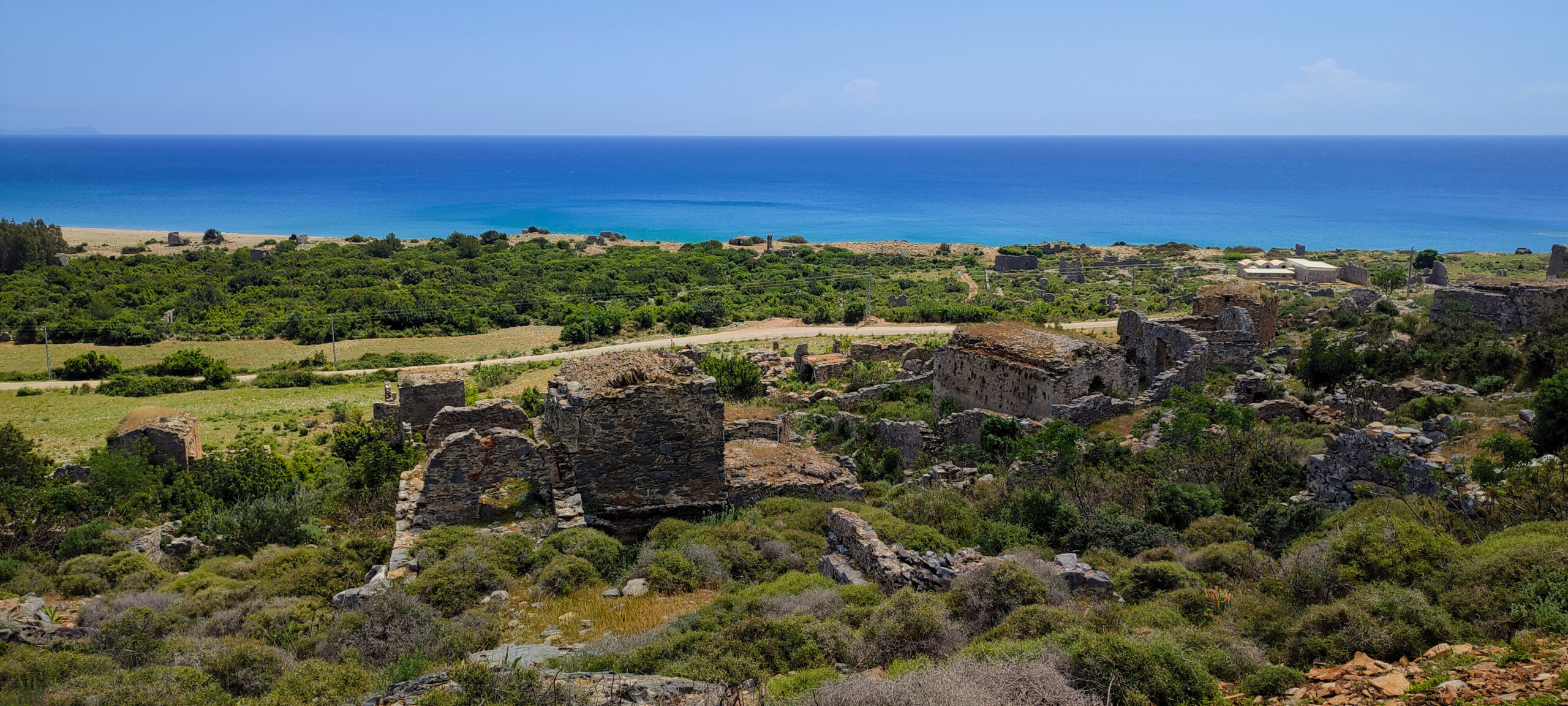
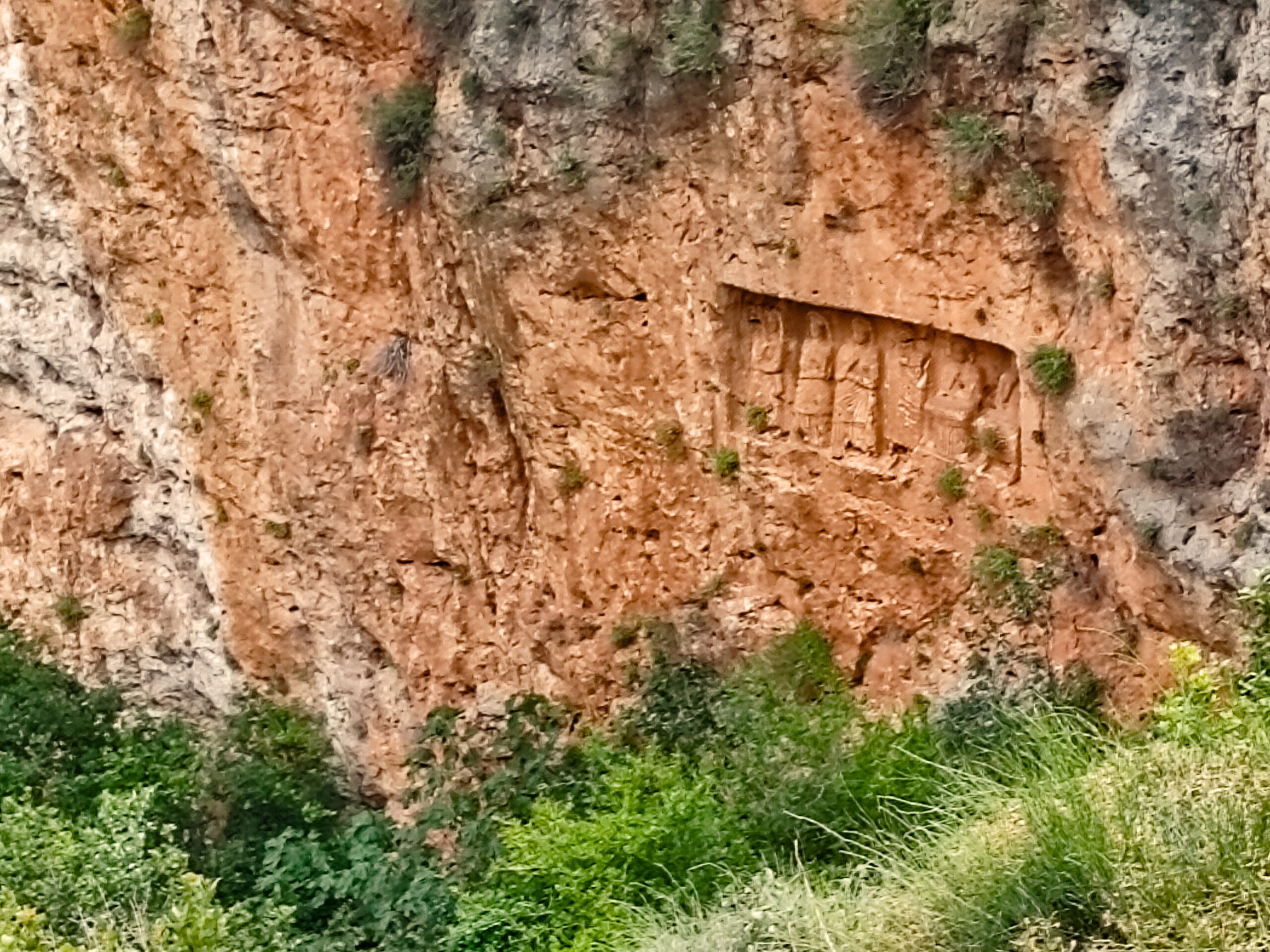
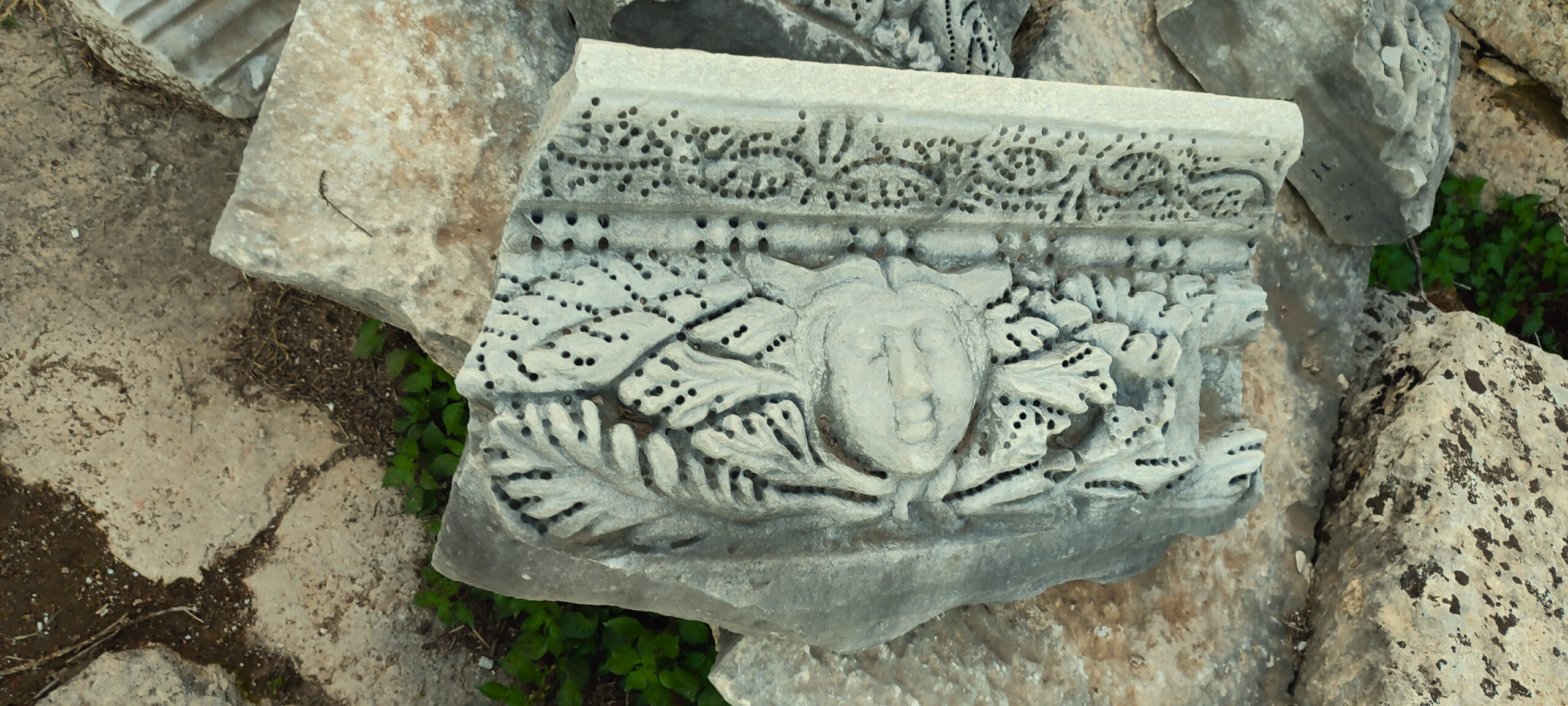

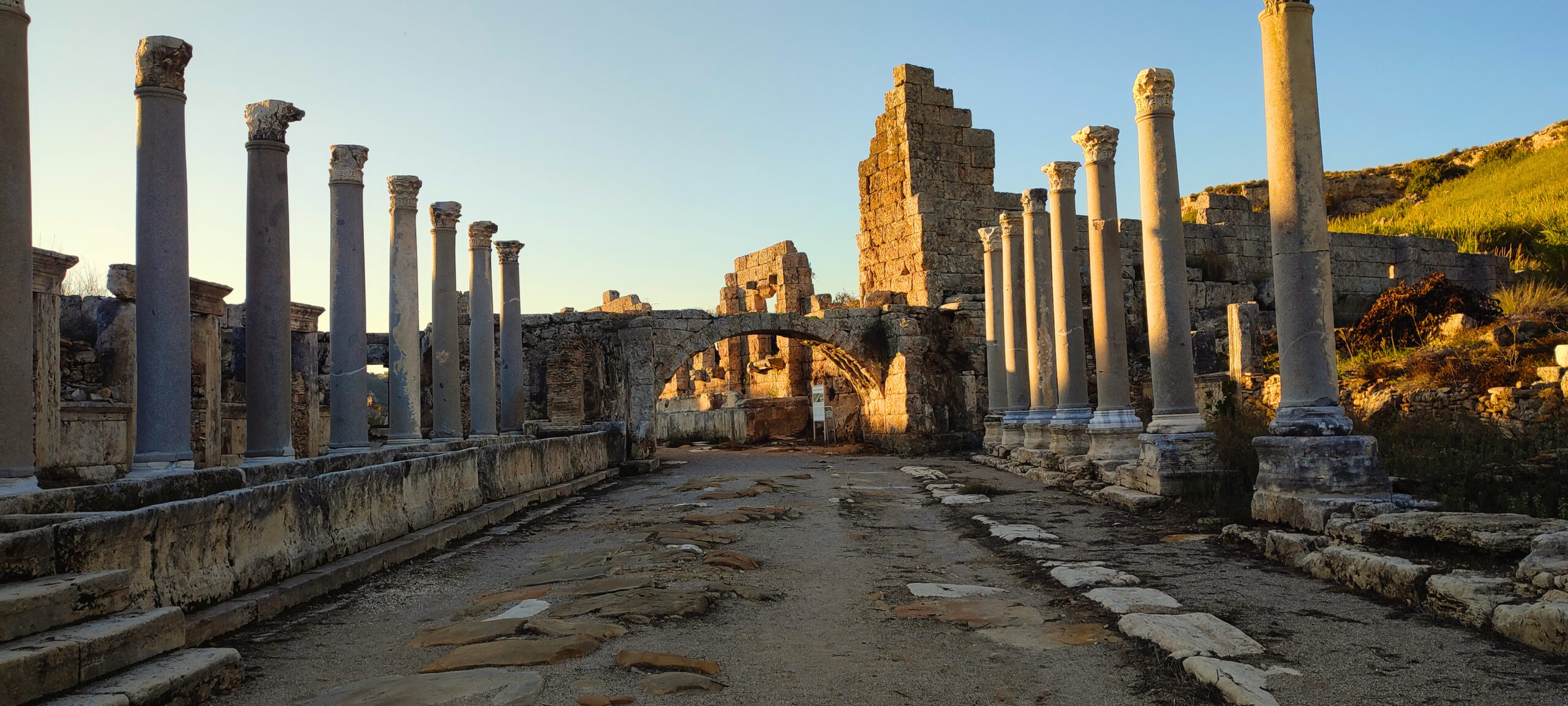
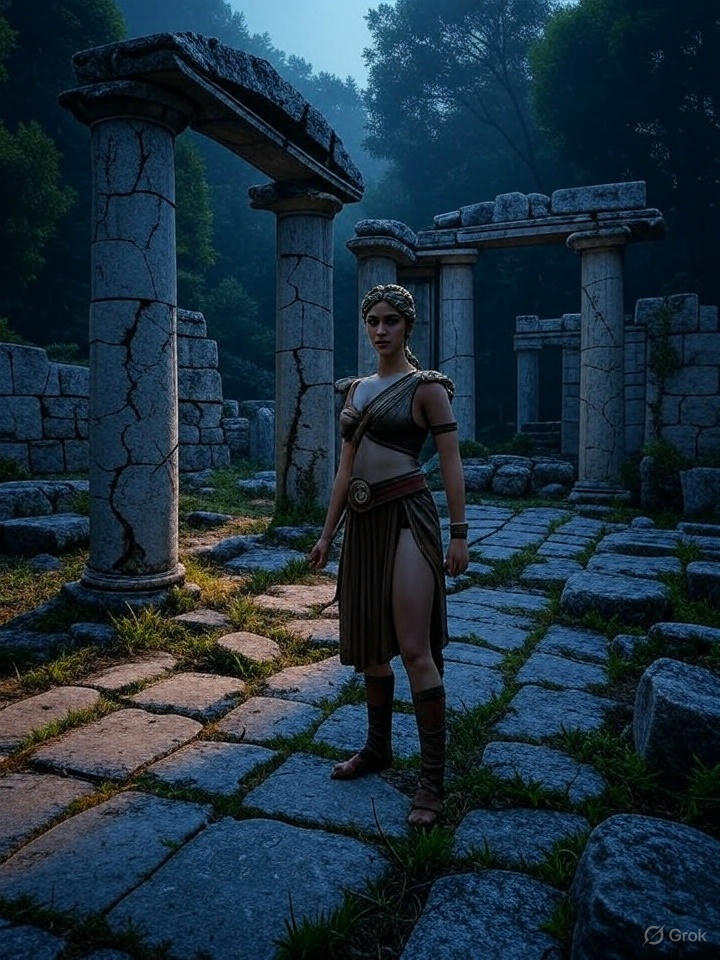

Leave a Reply